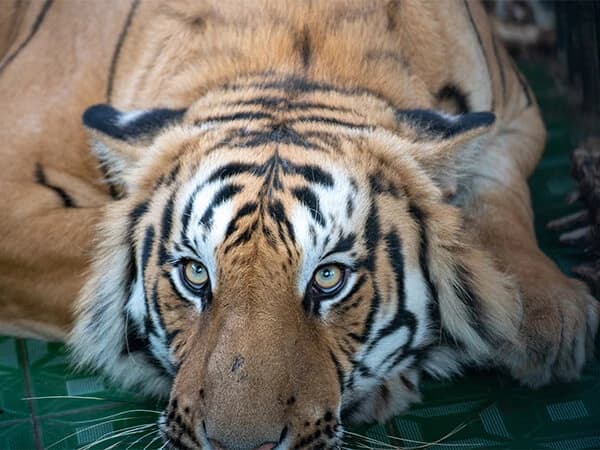Top National Parks for Jungle Safaris
1. Chitwan National Park
- Area: 932 sq km
- Wildlife: Bengal tigers, one-horned rhinoceros, sloth bears, Asian elephants, and more.
- Safari Options: Jeep safari, elephant ride, bird watching tours, and Canoe Safari on the Rapti River.
- Activities: Elephant bathing, visit to the elephant breeding centre, cultural programs, and jungle walks.
- Book a Chitwan Jungle Safari Package
2. Bardia National Park
- Area: 968 sq km
- Known for being a remote and raw safari experience.
- Wildlife: Royal Bengal tigers, wild elephants, Gharial Crocodiles, Swamp Deer, and musk deer.
- Safari Options: Jeep safaris, walking safaris, and birdwatching.
- Explore Bardia National Park Safari Tours
3. Koshi Tappu Wildlife Reserve
- Area: 175 sq km
- Best for: Birdwatchers, especially those interested in migratory species of birds.
- Wildlife: Water buffalo, freshwater dolphins, and numerous birds.
- Activities: Canoeing, birdwatching tours, river safaris.
- Discover Koshi Tappu Tours
Nepal offers a variety of safari experiences tailored to suit every kind of traveler. Here are the most popular types of jungle safaris:
Jeep Safaris
A jeep safari allows you to cover a larger area and increases your chances of spotting big animals like Bengal tigers and Asian elephants. Most national parks in Nepal offer guided jeep tours led by experienced wildlife guides.
Elephant Back Safari
An iconic way to explore the jungle, elephant safaris take you through dense jungles while riding atop these gentle giants. These safaris allow you to view wildlife up close in their natural habitat.
Canoe Safaris
For a quieter experience, canoe safaris along the Rapti River or other river banks are perfect for spotting birds, Gharial crocodiles, and other riverine wildlife. This peaceful adventure is ideal for wildlife enthusiasts and photographers alike.
Walking Safaris
Walking safaris provide an immersive experience, allowing you to get close to nature and track shy animals on foot. It’s a fantastic way to explore Bardia National Park and the tropical jungles of Nepal.
Accommodation Options for Jungle Safaris
Whether you want to stay in the heart of the jungle or enjoy a more luxurious experience, there are plenty of accommodation options for safari enthusiasts:
- Luxury Lodges: Situated near or within national parks, these lodges offer comfortable amenities, guided tours, and often include cultural programs like visits to Tharu villages. Options include Jungle Safari Lodge, Tiger Tops Jungle Lodge, Bardia National Park Lodge and many more.
- Eco-friendly Campsites: For those looking to minimize their impact on the environment, these accommodations provide an authentic jungle experience while promoting animal welfare guidelines. Options include Eco Lodge, Bardia Eco Camp and many more.
- Rustic Guesthouses: Perfect for budget travelers, these guesthouses offer cozy accommodations with access to jungle adventure activities such as elephant safaris and walking tours. Options include Sauraha Guesthouse, Tharu Lodge and many more.
Best Time to Visit for Jungle Safaris in Nepal
The best time to visit for a jungle safari in Nepal is between October and March, during the dry season. During this period, the weather is pleasant, and the chances of spotting wildlife are much higher as the animals are more active. The monsoon season (June to September) makes some trails inaccessible, but it’s still possible to spot wildlife in remote areas like Bardiya National Park. Always check with local guides for the best wildlife viewing times.




